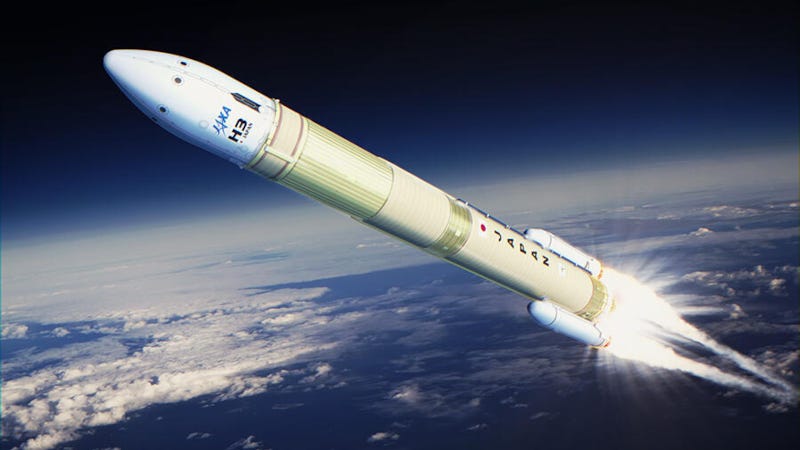JAXA Launches New Cargo Vehicle to ISS
H3 Rocket Features Beyond Gravity Components
An H3 rocket developed by JAXA and Mitsubishi Heavy Industries (MHI) lifted off from the Tanegashima Space Center in Japan to the International Space Station (ISS) on Sunday. The rocket carries the newly developed HTV-X supply spacecraft
“The first use of our components in the H3 rocket is a significant moment for Beyond Gravity.”
Stefan Hofmann, Beyond …
Keep reading with a 7-day free trial
Subscribe to The Journal of Space Commerce to keep reading this post and get 7 days of free access to the full post archives.



